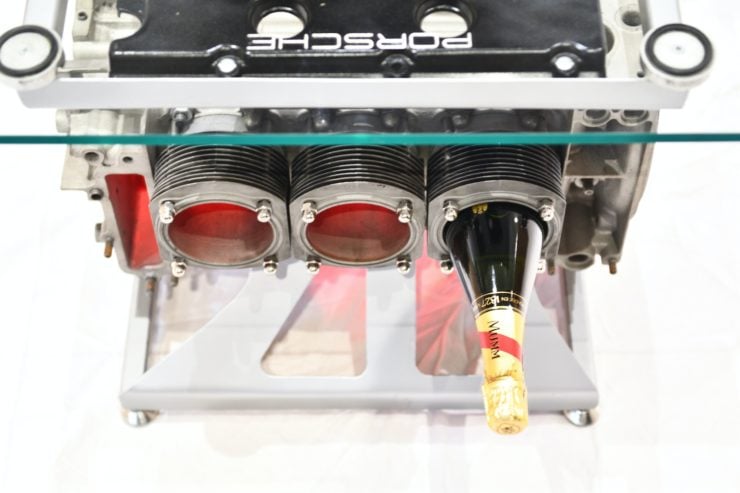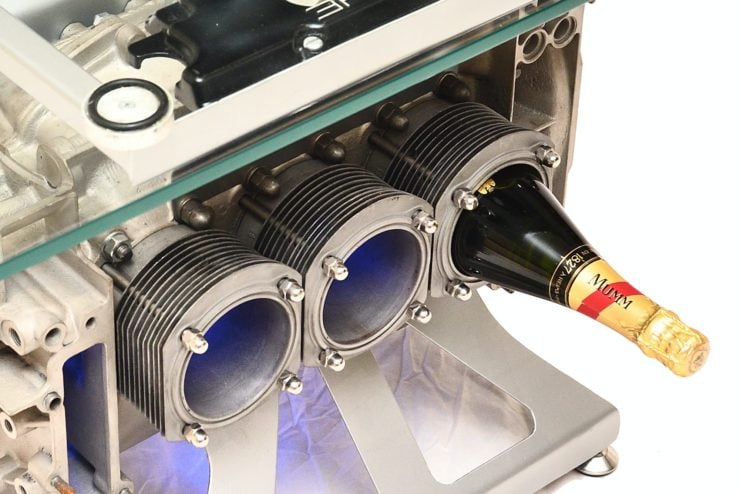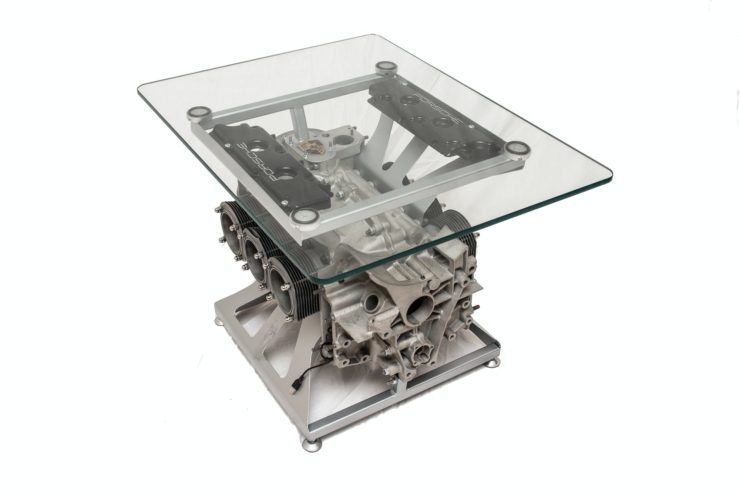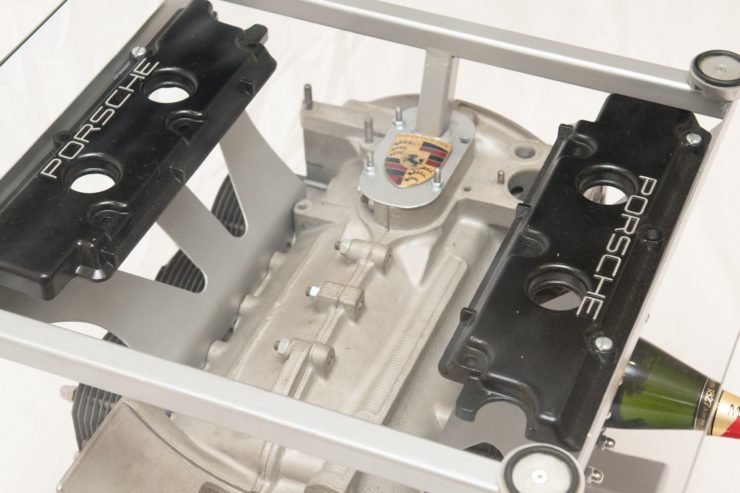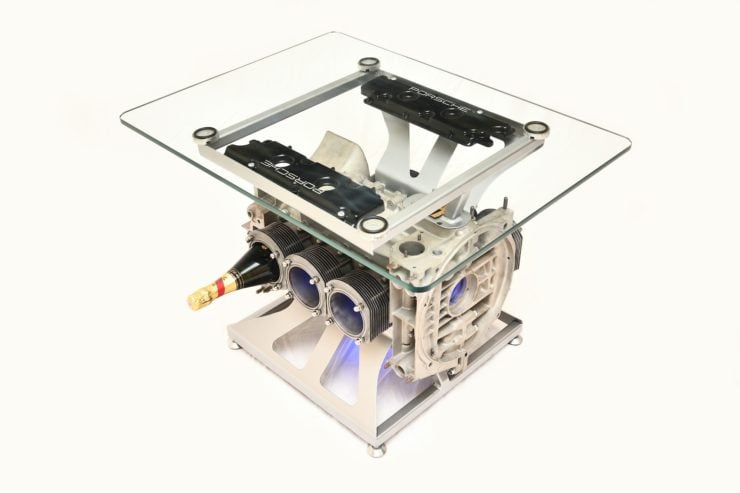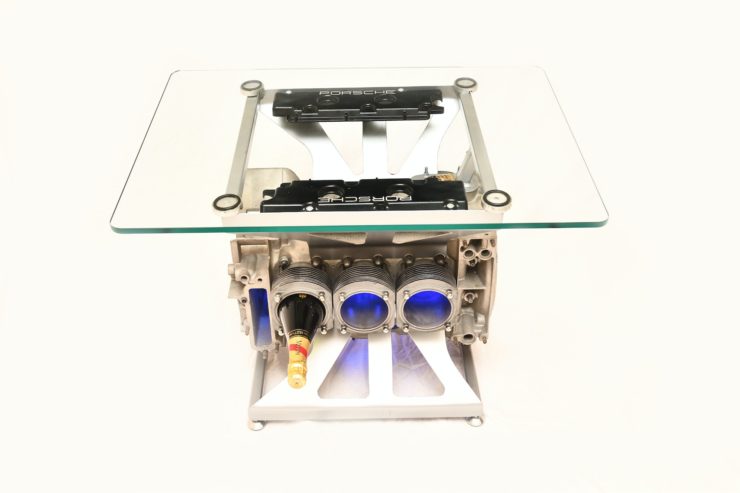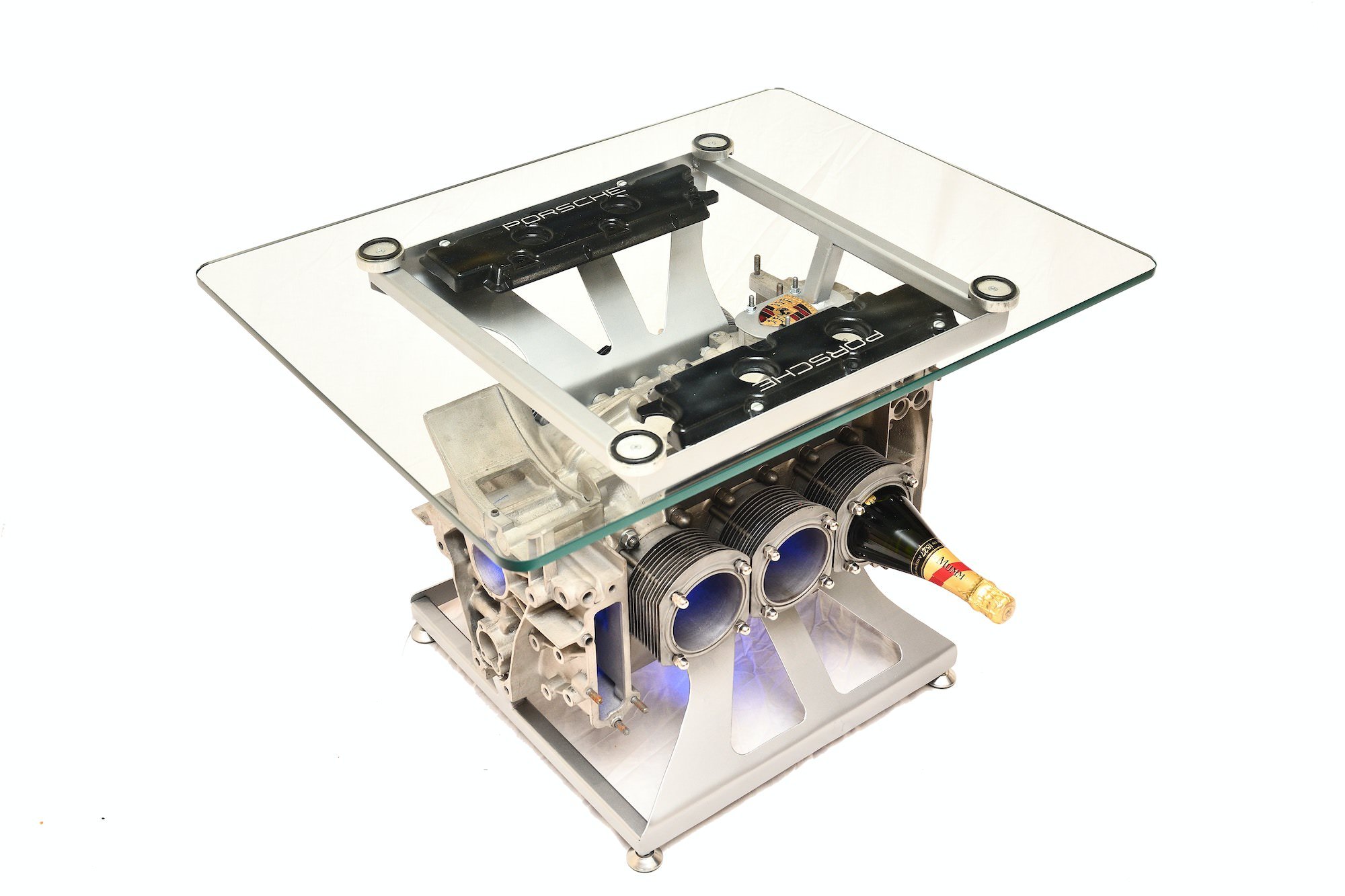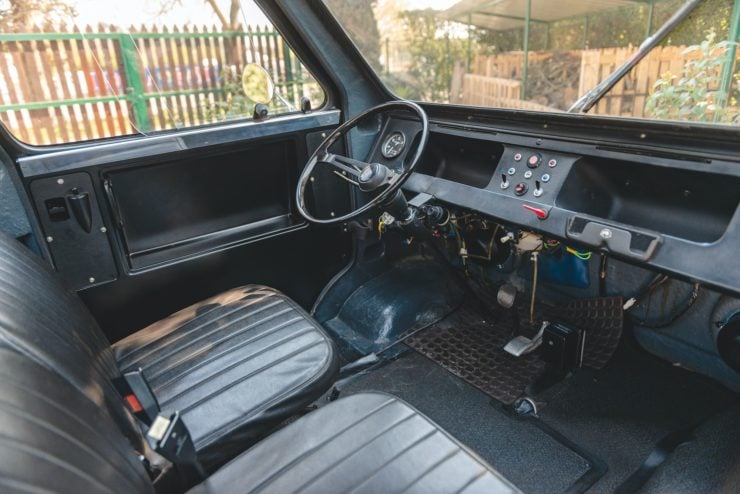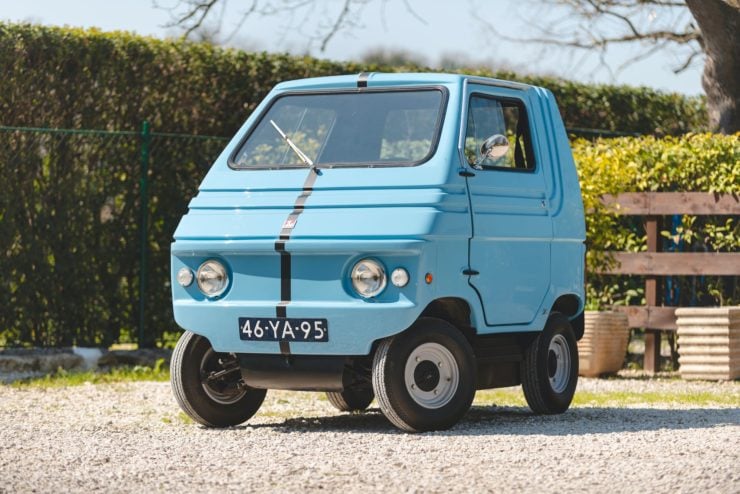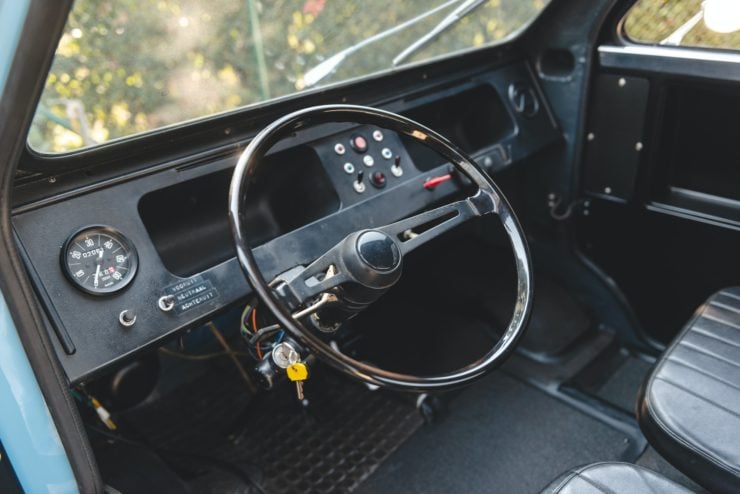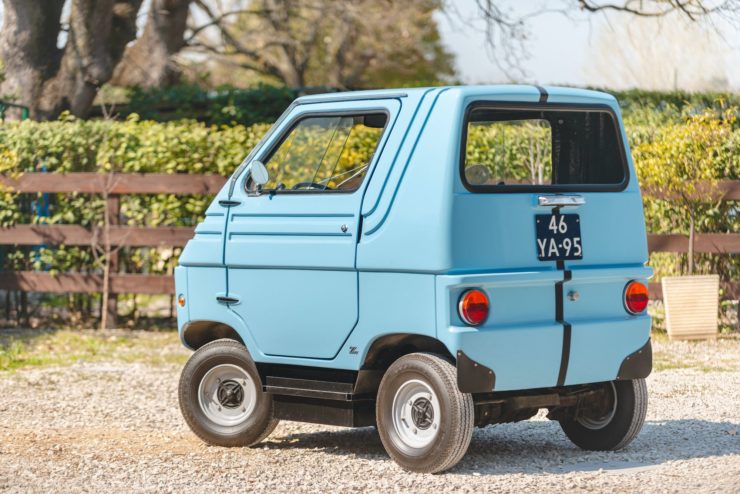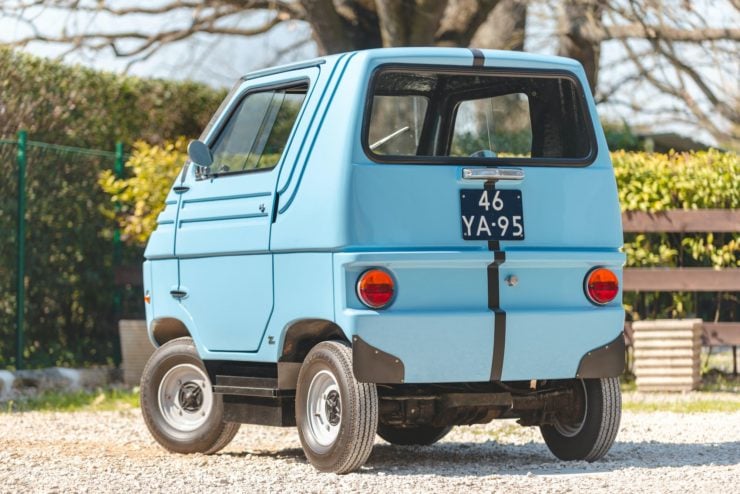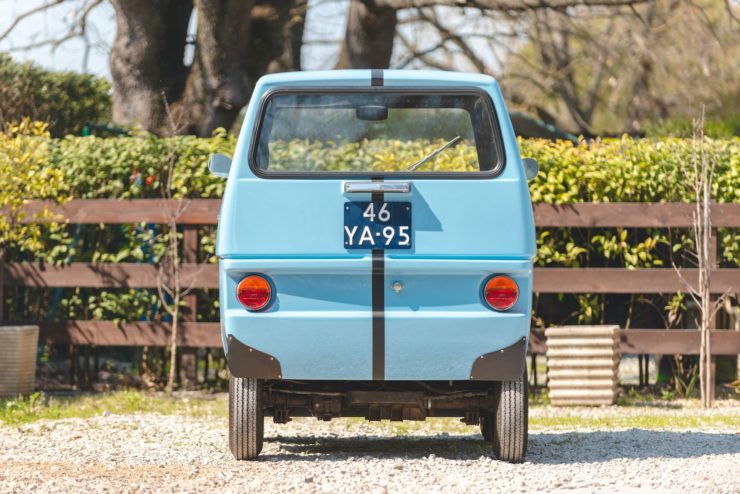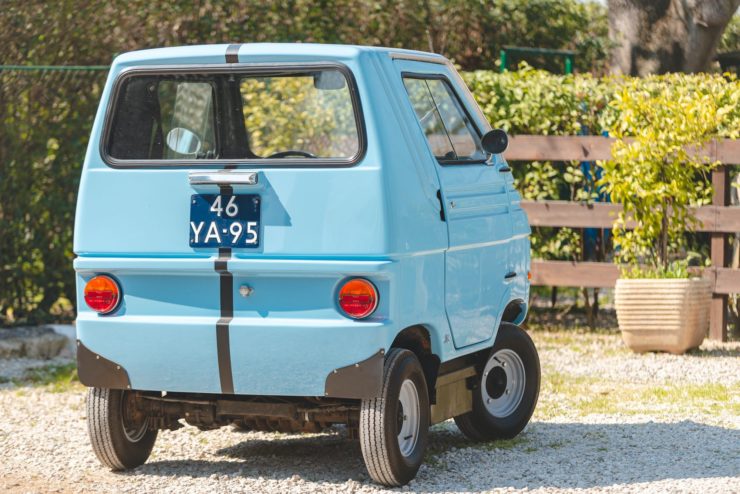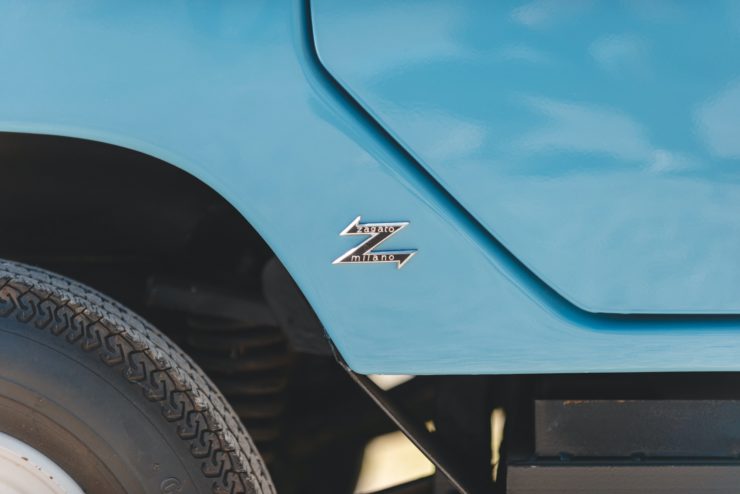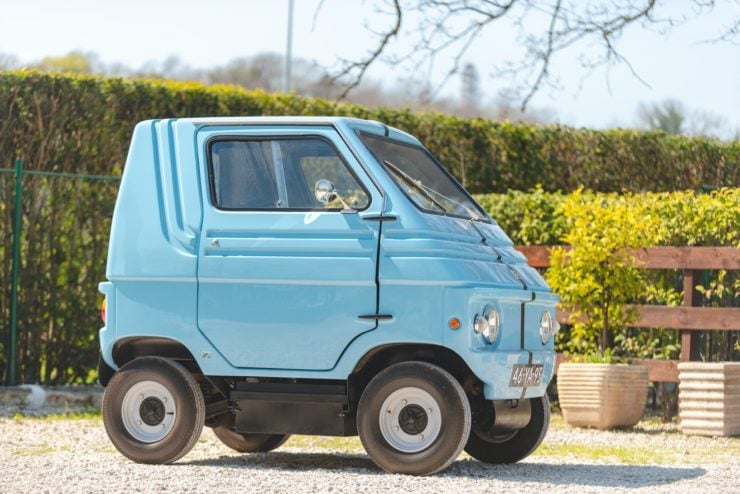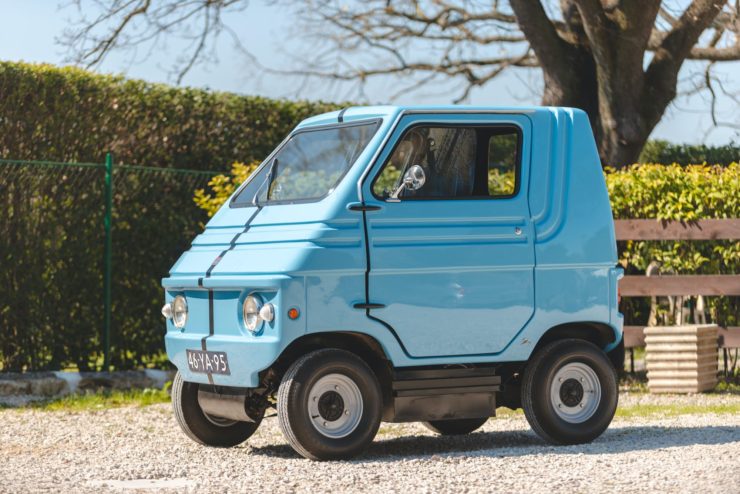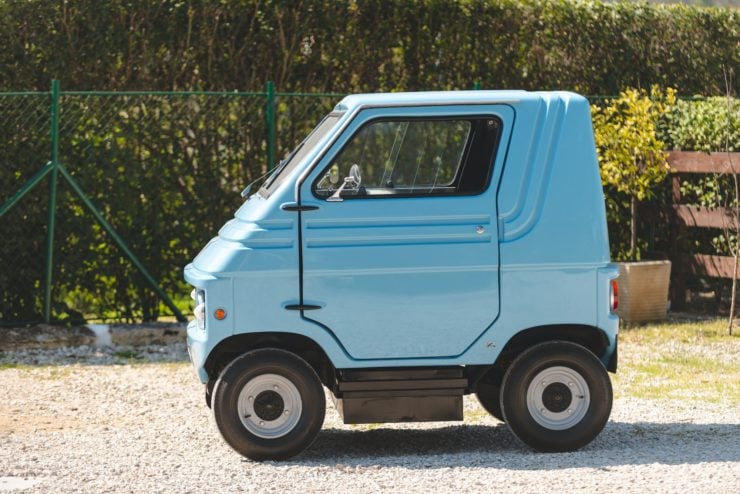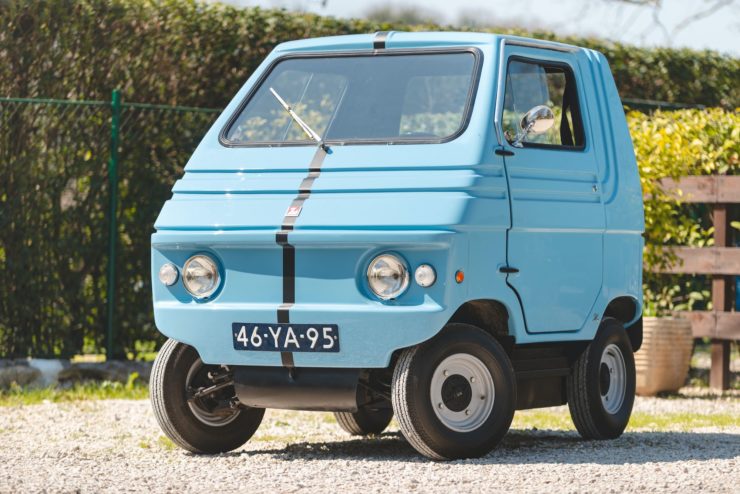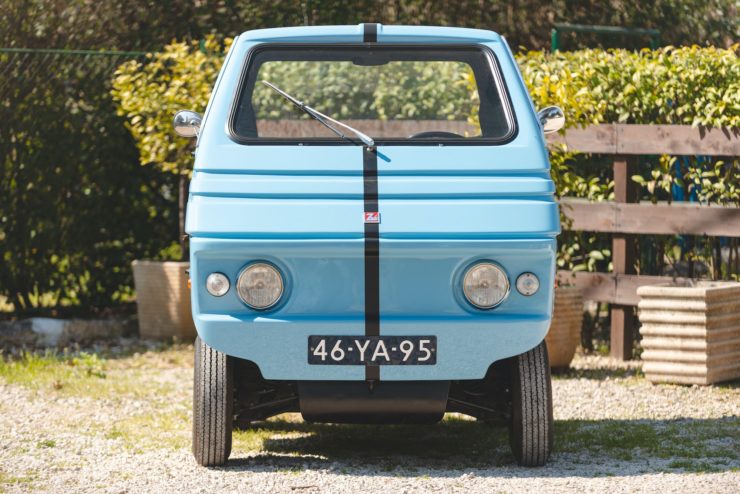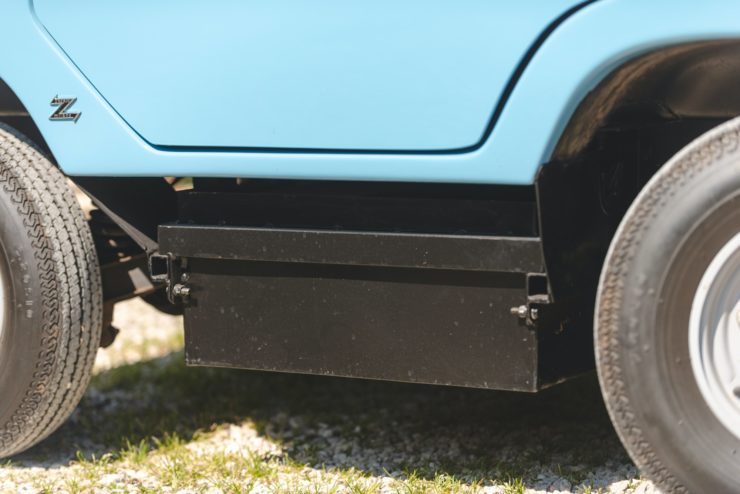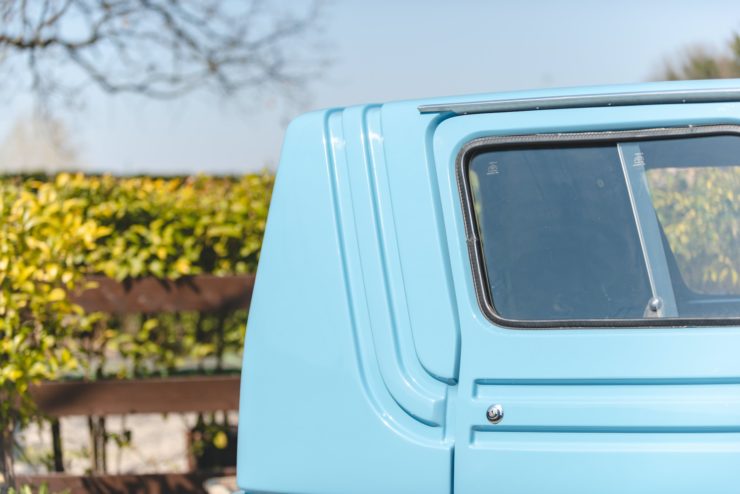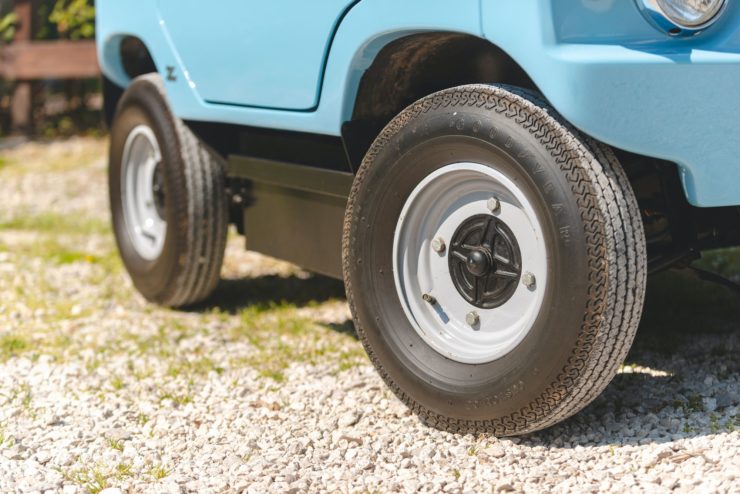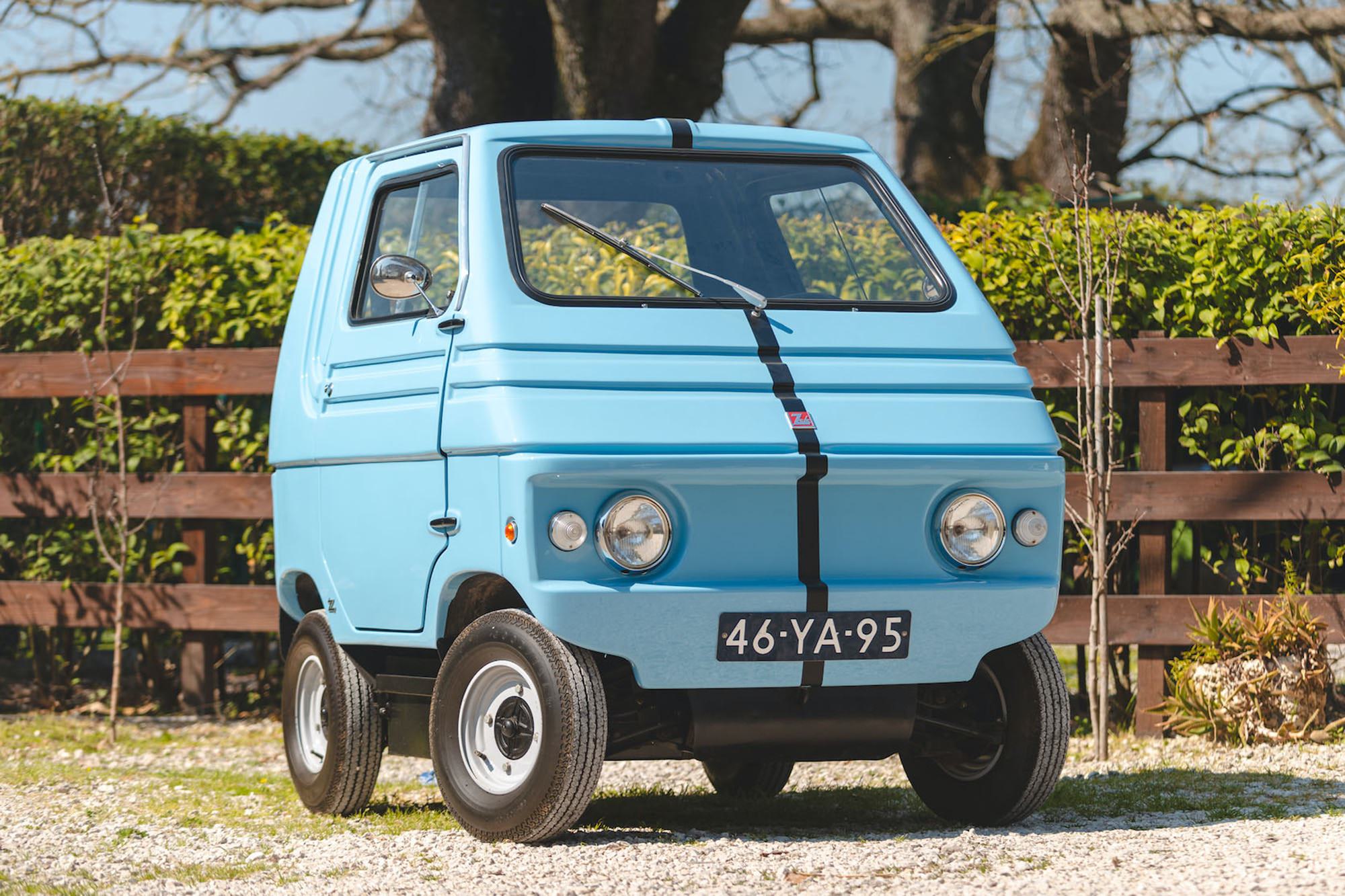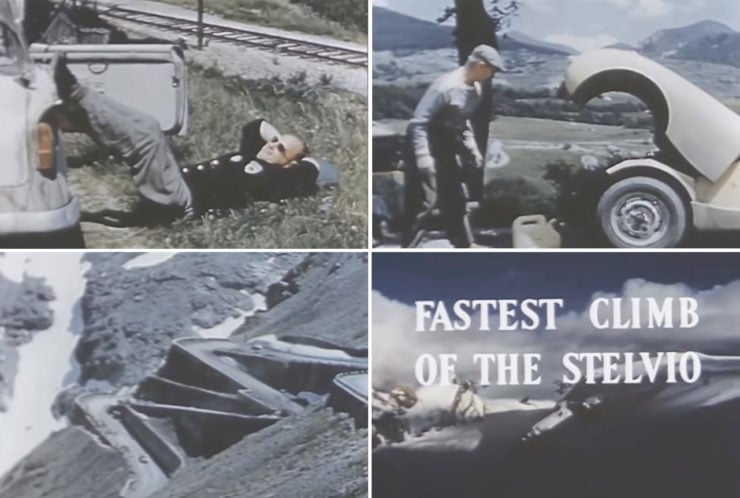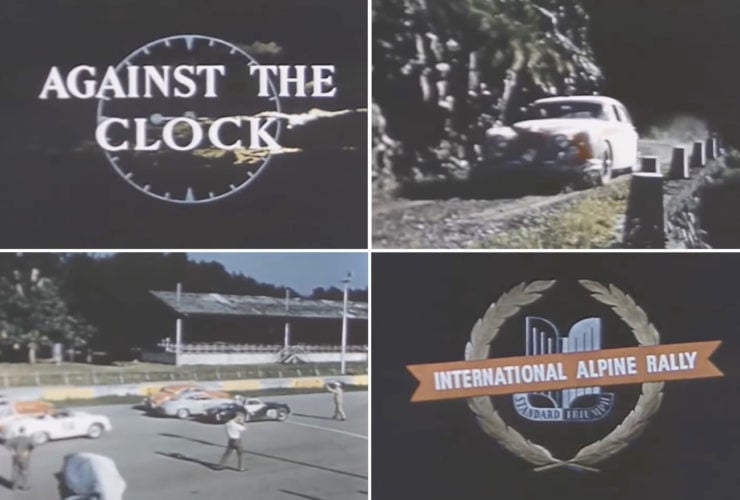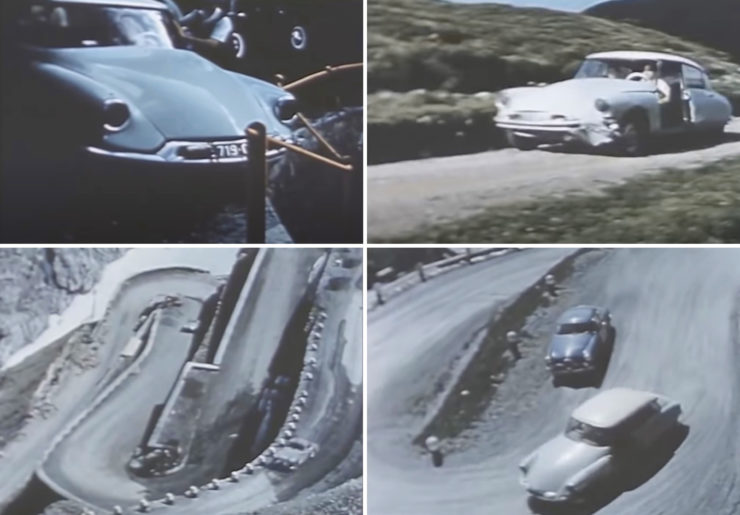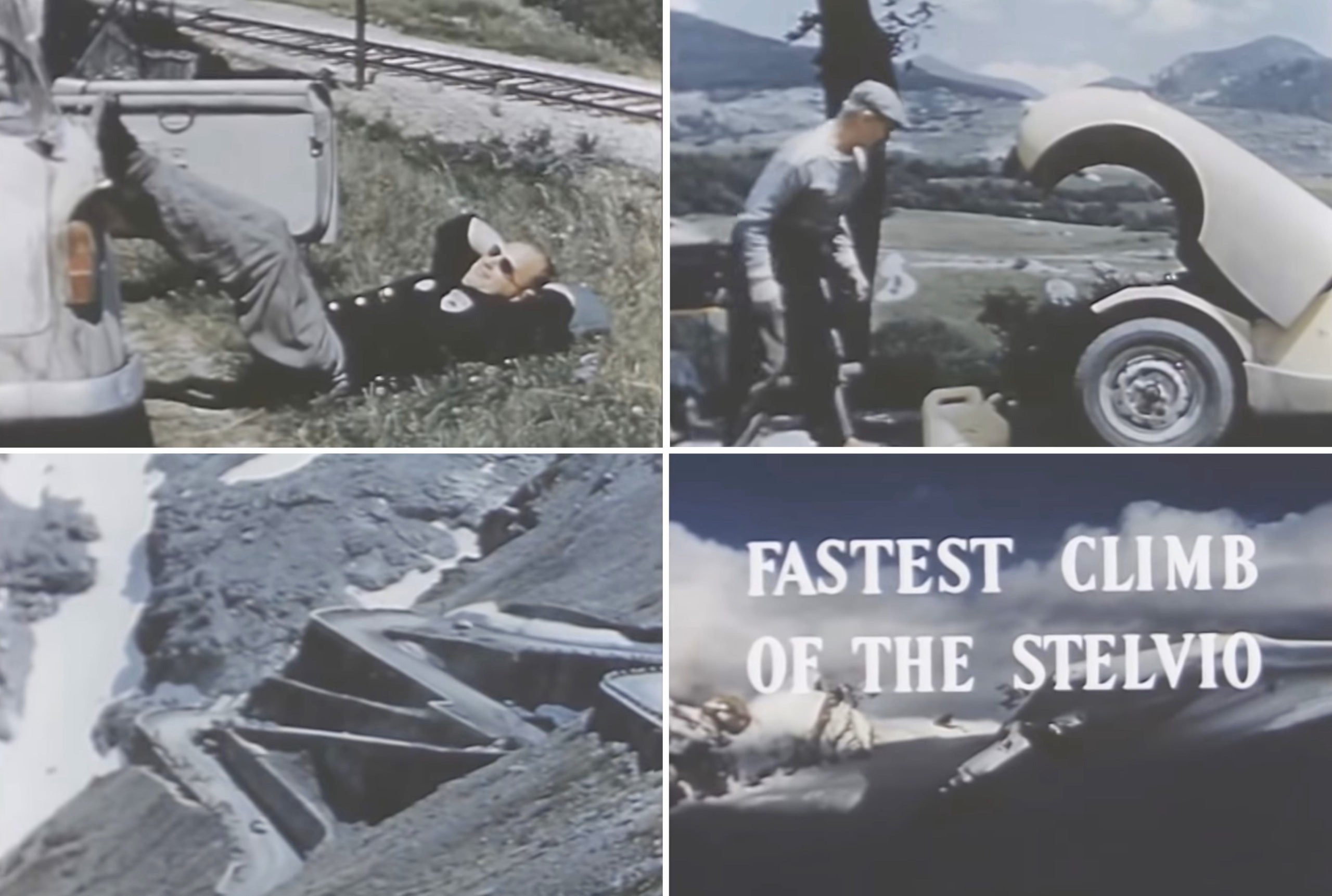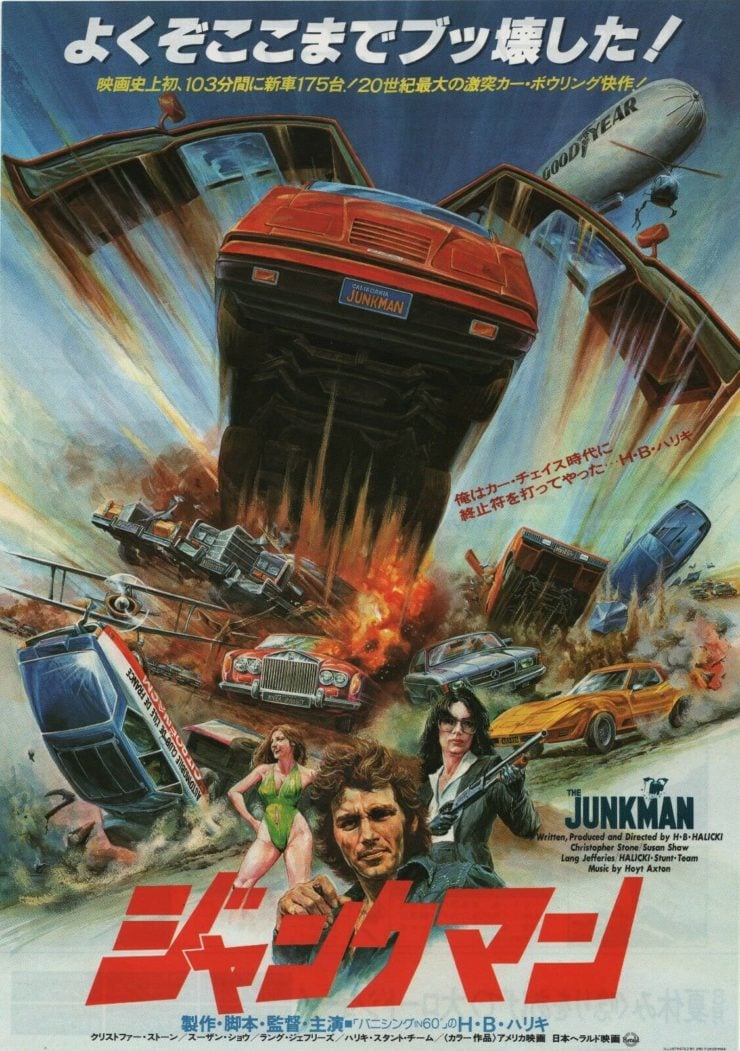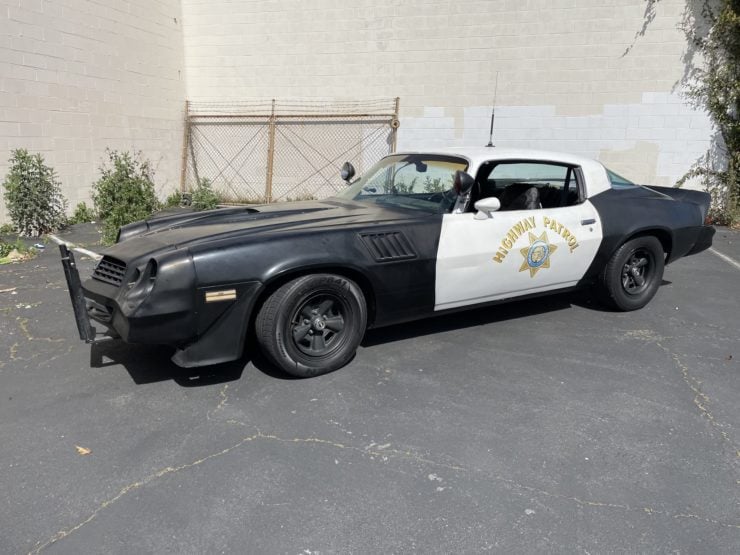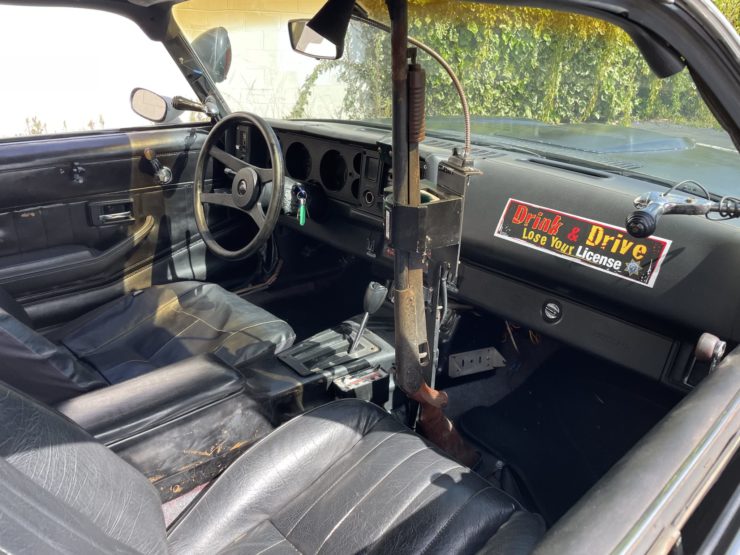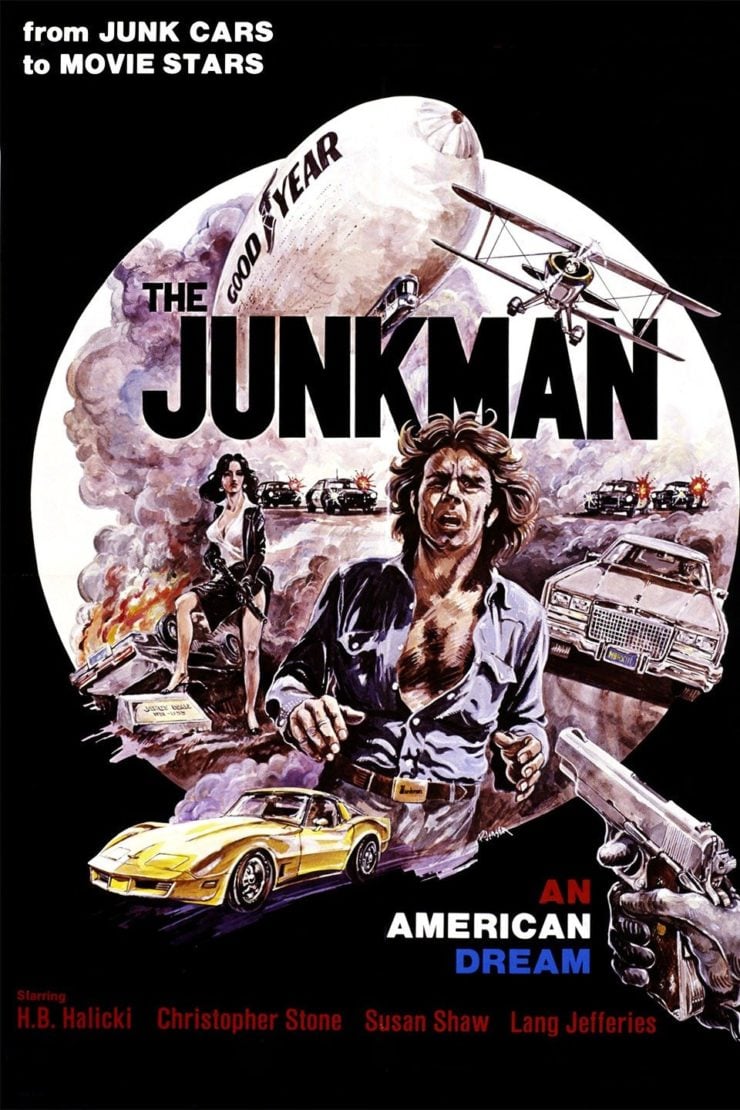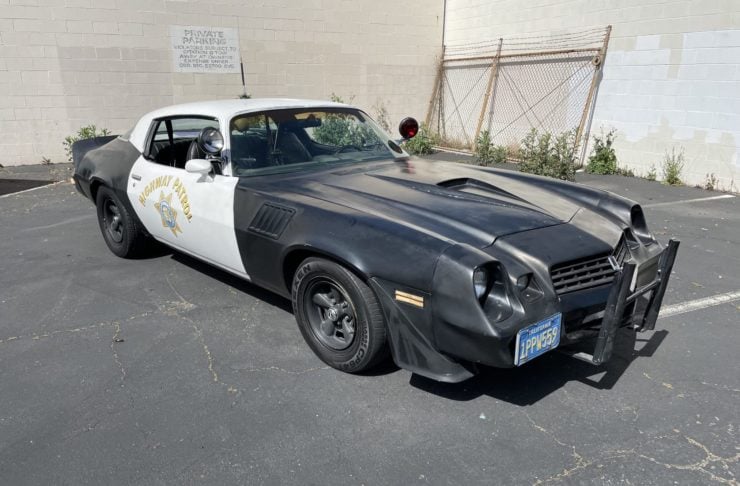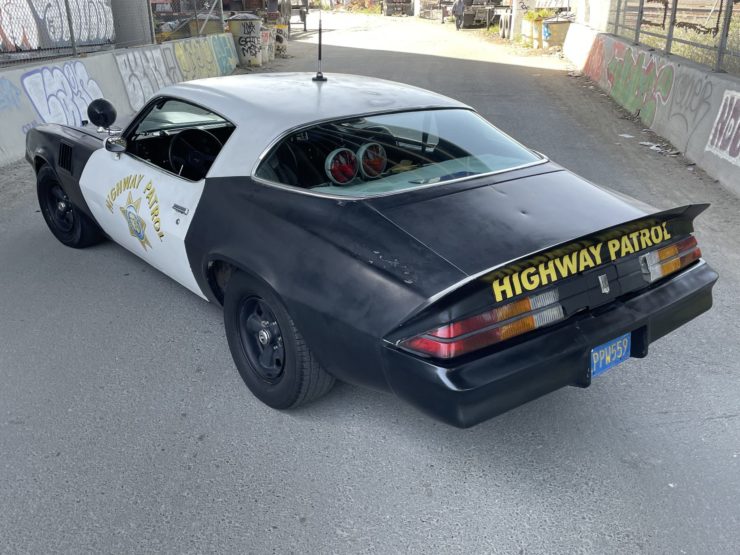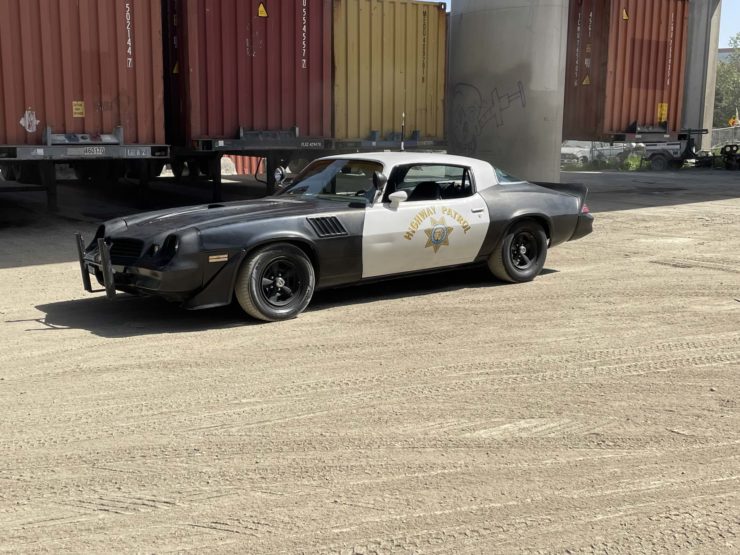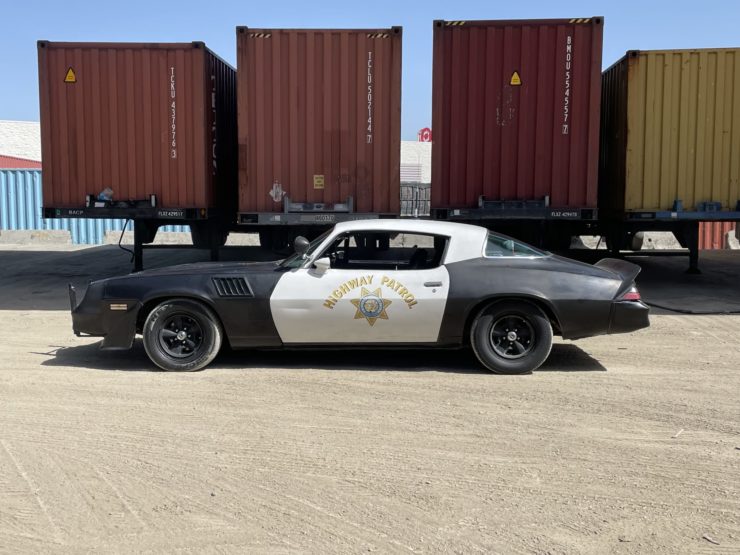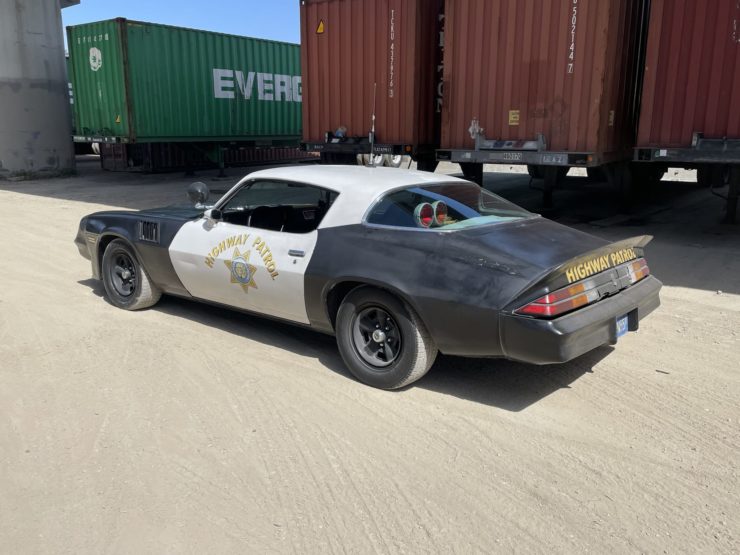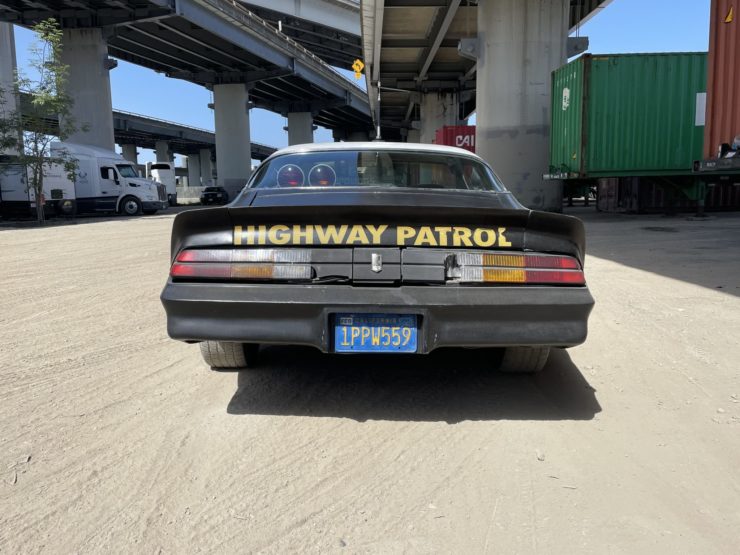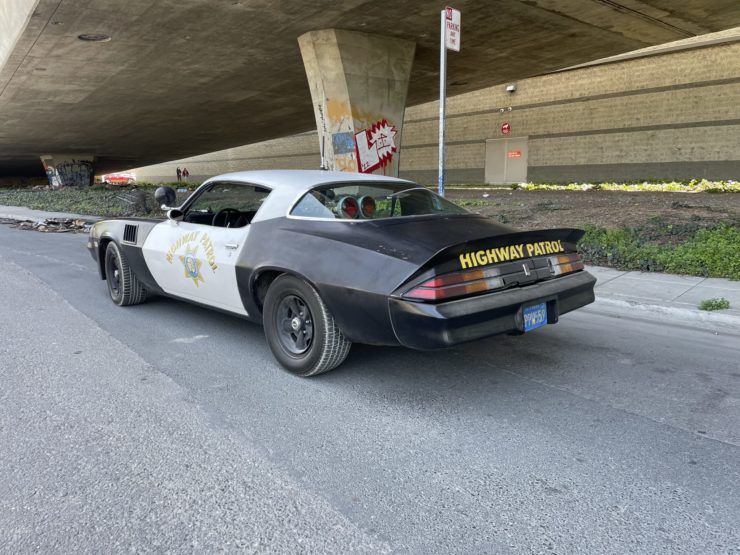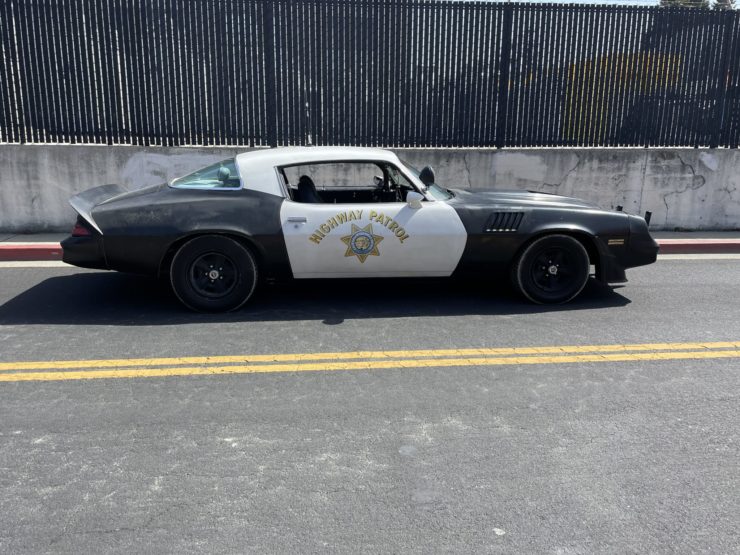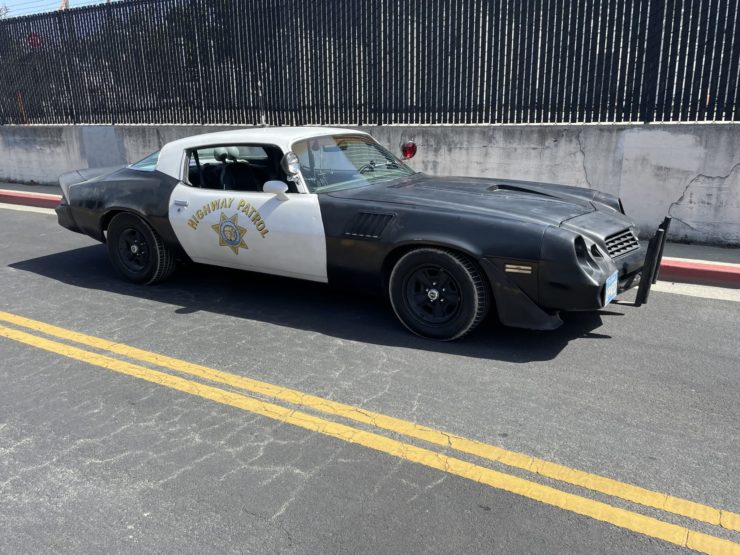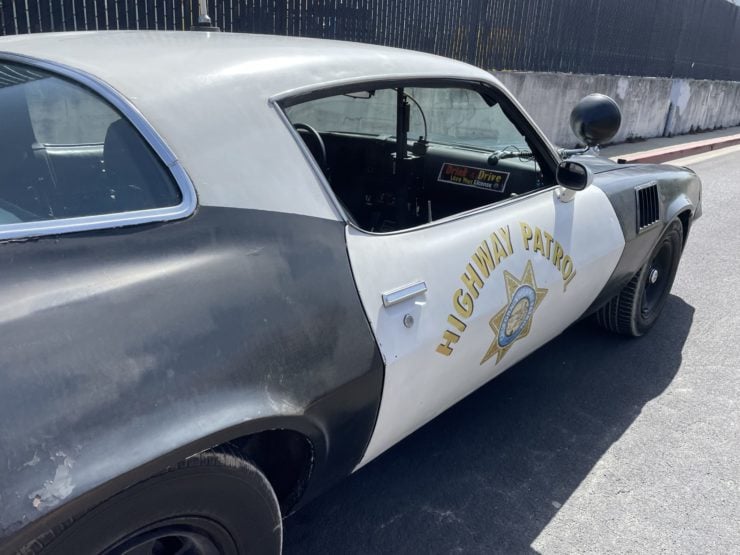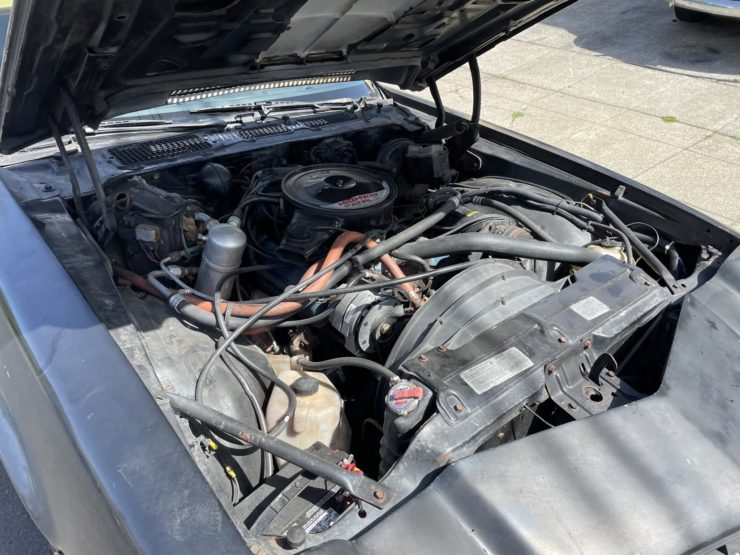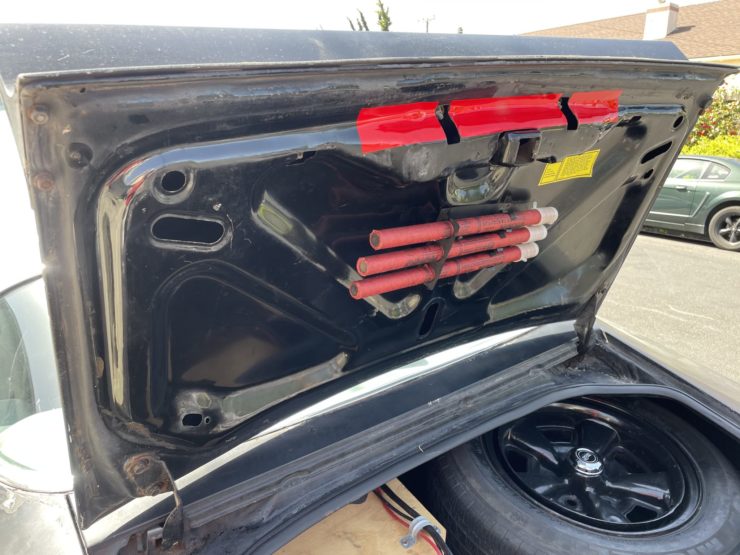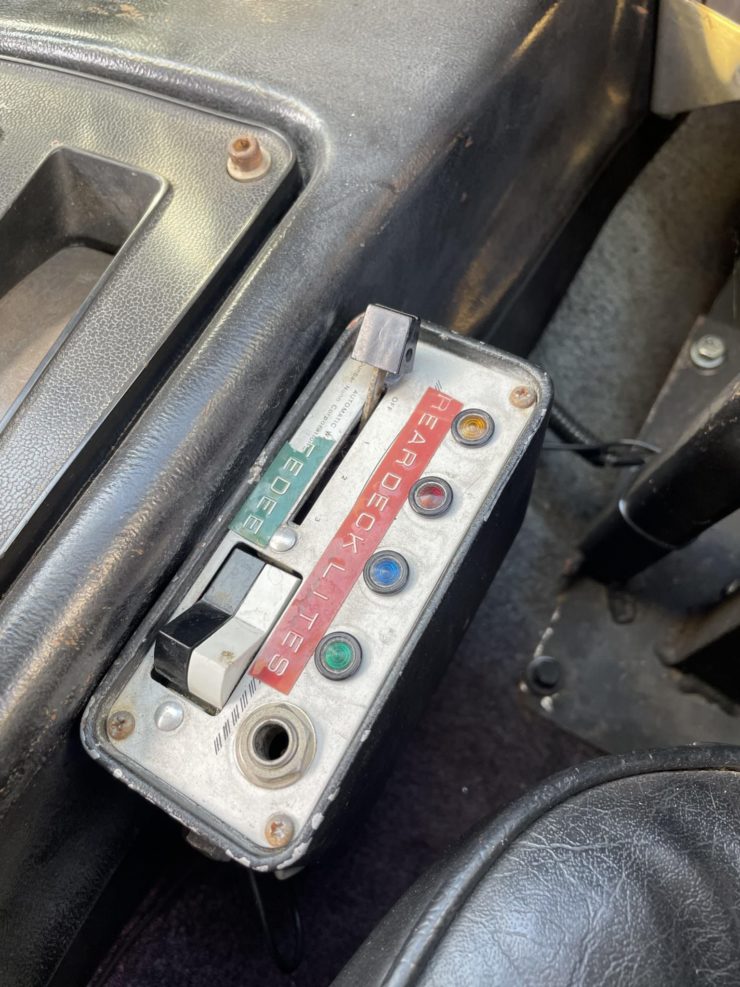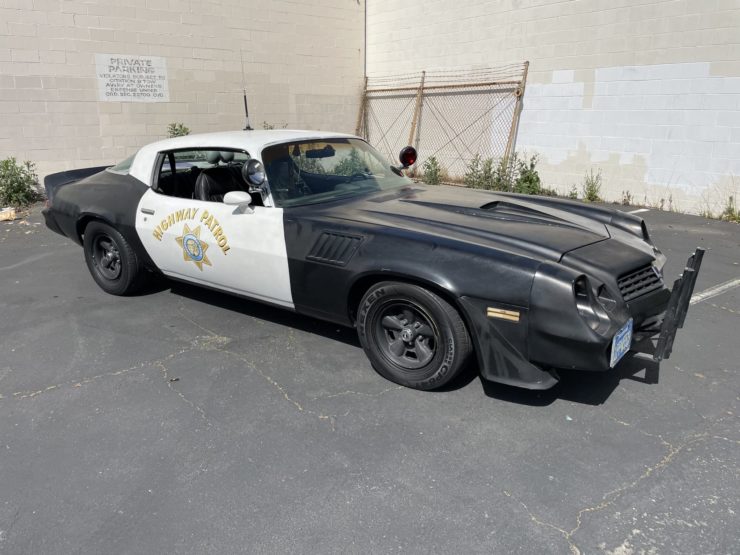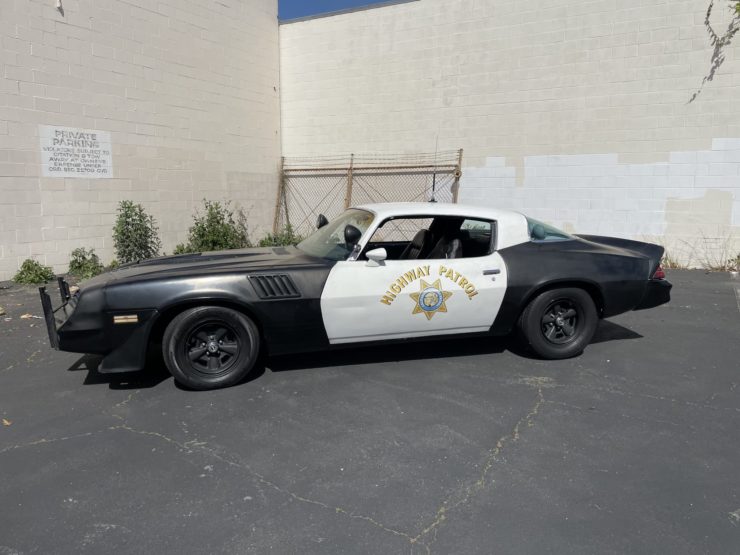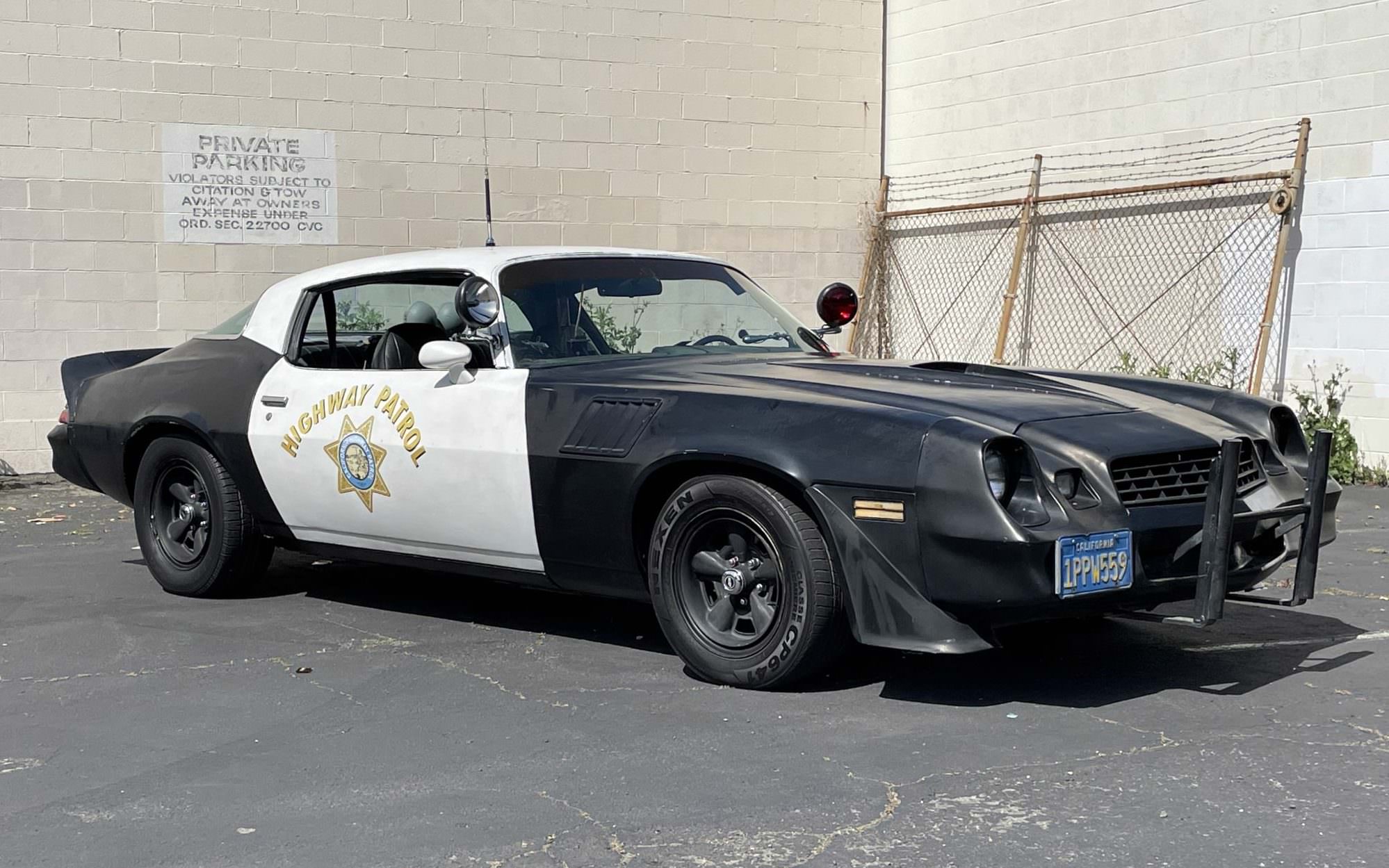This is a largely original Jeep Cherokee “Golden Eagle,” interestingly this is the vehicle for which the term “Sport Utility Vehicle” was first used – appearing in a 1974 Jeep Cherokee (SJ) advertising brochure.
Exactly who came up with the term SUV is lost to history but it’s become an important part of the automotive lexicon, and the SUV genre has now all but made more traditional rear-wheel drive sedans extinct.
Fast Facts – The Jeep Cherokee Golden Eagle
- The Jeep Cherokee (SJ) was first introduced in 1974, it was based on the Jeep Wagoneer platform and targeted at younger 4×4 enthusiasts who had out grown the smaller and perhaps less practical CJ-series Jeeps.
- The Cherokee was initially offered with just two doors on a long wheelbase chassis, the design was more sporting than the four-door Wagoneer which is likely why it was described as a “Sport Utility Vehicle” in a brochure – the first ever use of the term.
- A number of different trim levels were offered including the S (Sport), Chief, Golden Eagle, Golden Hawk, and Laredo. Some, like the Golden Eagle and Golden Hawk were graphics packages, and others like the Laredo were upholstery packages.
- The 1978 Jeep Cherokee Golden Eagle you see here is powered by the popular 360 cubic inch (5.9 liter) V8 producing 195 bhp, power is sent to all four-wheels via an automatic transmission, and it has air conditioning, a luggage rack, and the Levis Edition interior with real Levi’s buttons in the seats.
The First Sports Utility Vehicle
The term SUV has been retroactively applied to a slew of vehicles, including the 1940 Humber Heavy Utility, a four-wheel drive off-road vehicle with a station wagon-like body, and the 1948 Ford Marmon-Herrington Super Deluxe 4×4.
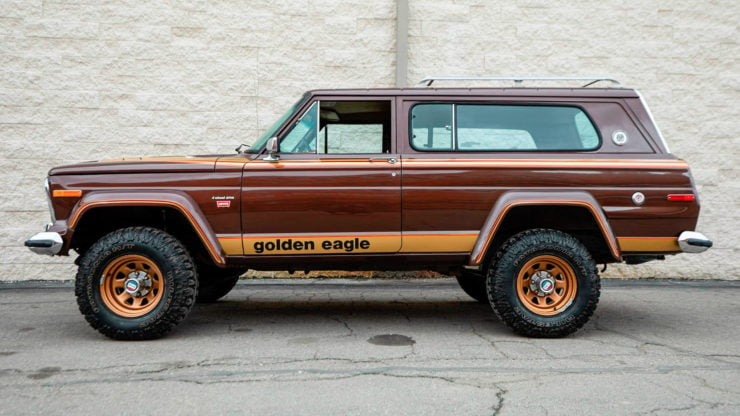
This two-door body style helped to differentiate the Cherokee from the Wagoneer that used the same chassis and was largely similar from the A-pillar forwards.
As mentioned in the introduction, the term was first used in 1974 in a printed brochure for the then-new Jeep Cherokee (SJ). It was used to differentiate the sporting two-door Cherokee, which was targeted at a younger audience, from the somewhat more mature four-door Jeep Wagoneer.
The executives at Jeep had taken a look at their model lineup and realized they needed something between the Wagoneer at the top of the line and the CJ at the entry point.
The Cherokee slotted in neatly between them, offering more space and practicality than the CJ with less cost and more dynamism than the Wagoneer.
The gamble on this new concept paid off for Jeep. The model has been in production non-stop since 1974 over five generations, with millions sold and no sign of their popularity waning.
The Jeep Cherokee (SJ)
The Jeep Cherokee (SJ) was released in 1974 and it proved almost immediately popular. The sporting two-door styling combined with the space and seating to compete with a four-door made it eminently practical, and the rear seats could be removed for lugging cargo or turning into an impromptu camper.
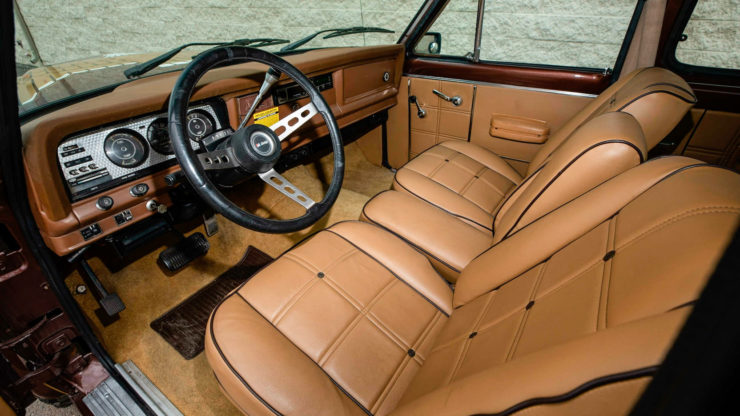
There’s seating for five inside and when ordering the vehicle new you could opt for things like air-conditioning, power steering, and front power disc brakes.
The chassis, engines, gearboxes, and much of the body from the A-pillar forwards came from the pre-existing Wagoneer, which meant the Cherokee was a relatively inexpensive car for Jeep the develop and sell.
A number of different trim packages were offered for the first generation (SJ – Sport Jeep) Cherokee, they included the S (Sport), Chief, Golden Eagle, Golden Hawk, and Laredo. Some were graphics packages and some, like the Laredo, were more focussed on the interior.
SJ Cherokee: Engine & Transmission Options
A number of engines were offered including the 401 cubic inch V8, though this engine was only offered from 1974 until 1978. After that the 360 cubic inch V8 became the top of the line engine, followed by the 258 cubic inch inine-six and a much rarer Zeitgeist/Peugeot turbo diesel.
Buyers could opt for either a 4-speed manual or a 3-speed automatic, and the permanent four-wheel-drive QuadraTrac system was also an option. Other options included air-conditioning, power steering, and power front disc brakes.
The first generation Cherokee would remain in production from 1974 until 1983, when it was replaced with the XJ Cherokee.
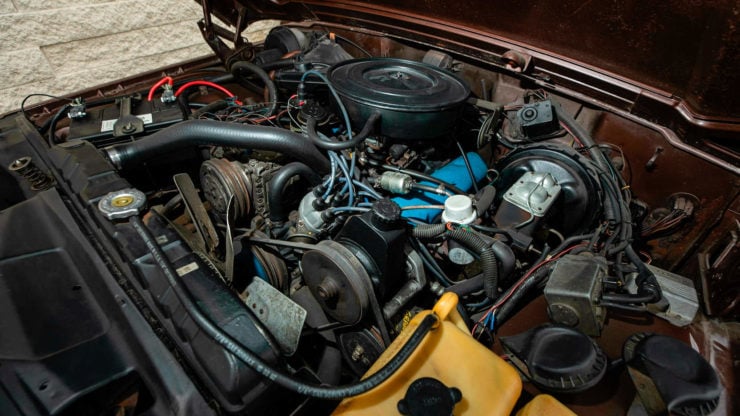
This SJ is fitted with the 360 cubic inch V8, the top of the line engine choice for 1978 with just under 200 bhp.
The 1978 Jeep Cherokee Golden Eagle Shown Here
This is an original 1978 Jeep Cherokee with the Golden Eagle graphics package, this consists of a unique brown and gold exterior with “Golden Eagle” decals, gold steel wheels, and a large winged eagle on the hood.
During the 1970s Jeep offered a “Levis Edition” package which included an interior upholstered in a Levis-style pattern with real brass Levis buttons. This Cherokee has the Levis package, which will increase its attraction to collectors and enthusiasts.
This SJ also has the popular 360 cubic inch (5.9 liter) V8 producing 195 bhp, power is sent to all four-wheels via an automatic transmission, and it has air conditioning, a luggage rack, and chrome bumpers front and back.
It’s clear that this Cherokee needs a little TLC where and there, but it looks like it’ll make an excellent project for the right person. It’s due to roll across the auction block with Mecum in mid-May and at the time of writing there’s no price guide.
If you’d like to read more about it or register to bid you can click here to visit the listing.
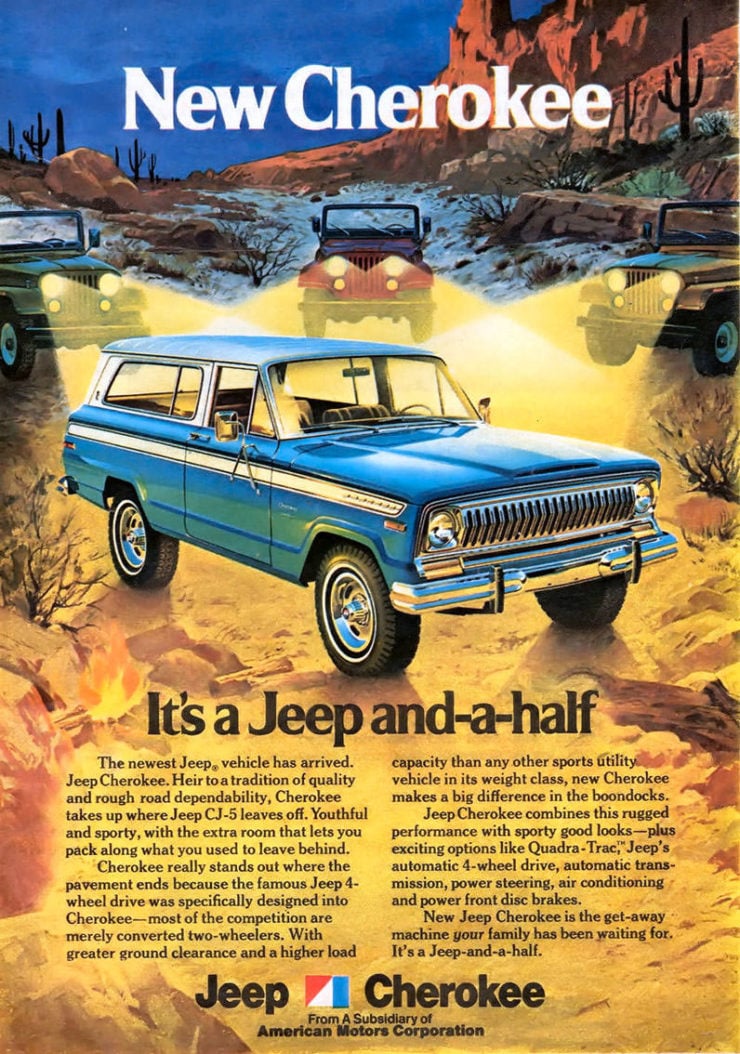
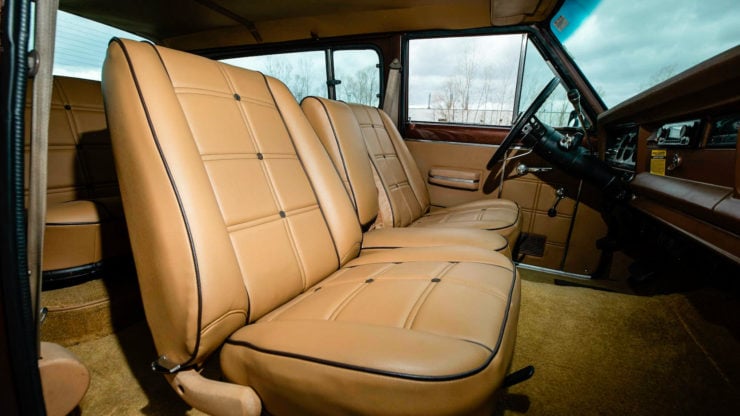
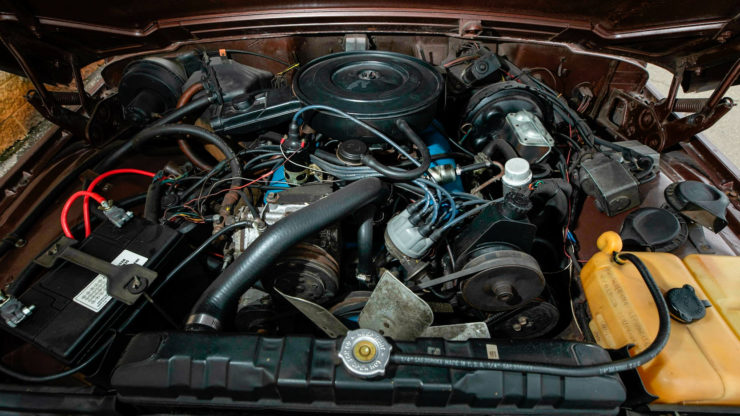
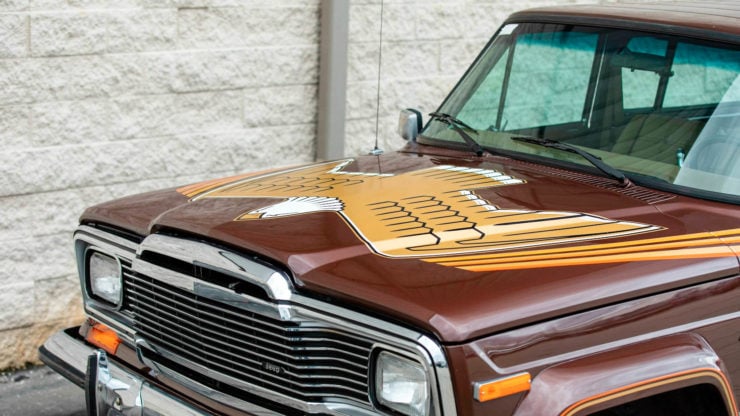
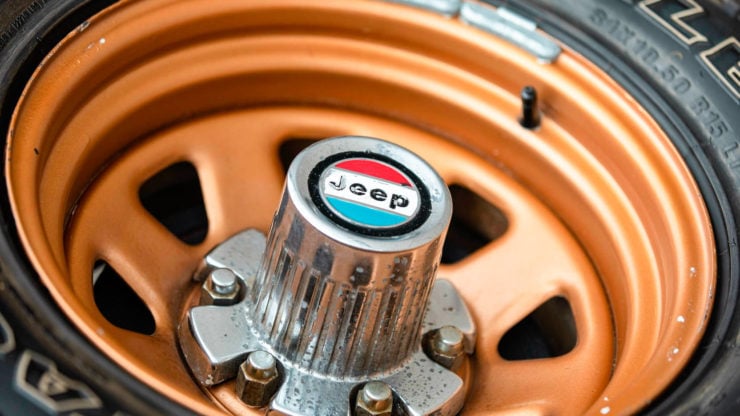
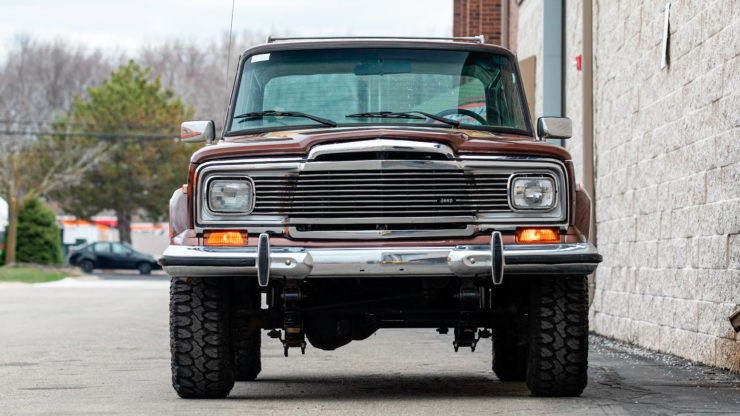
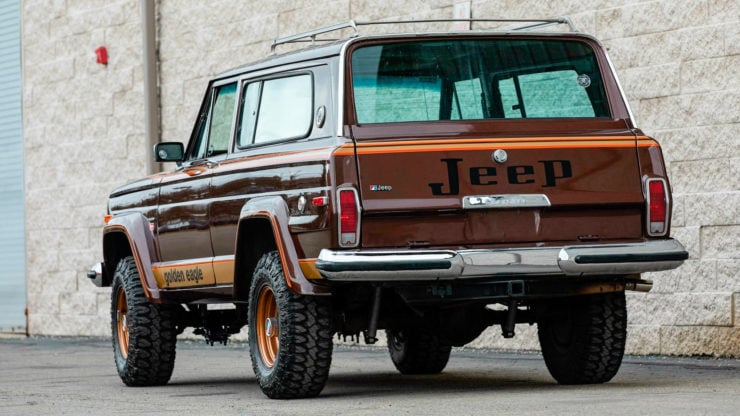
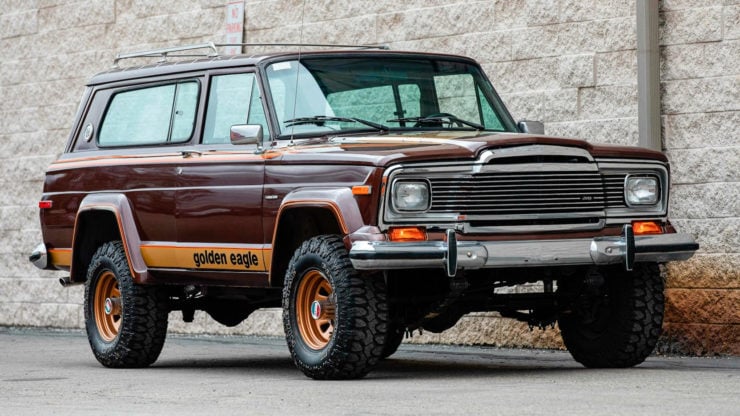
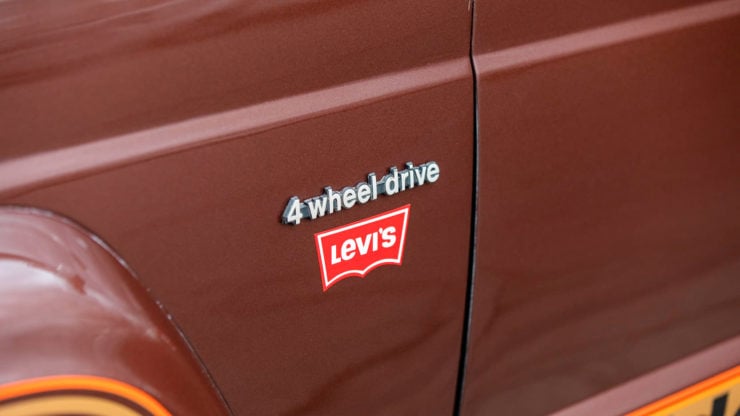
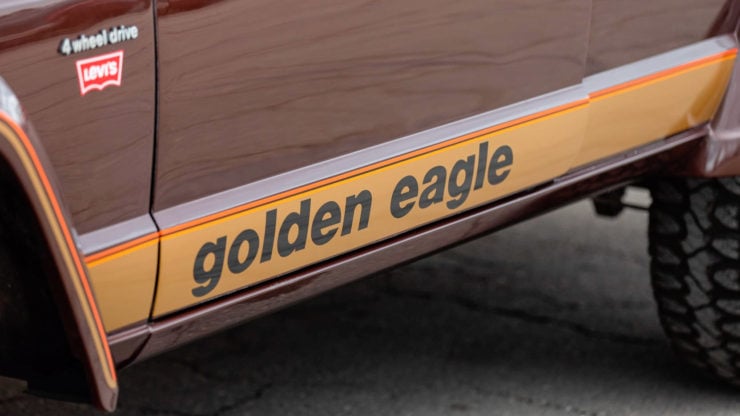
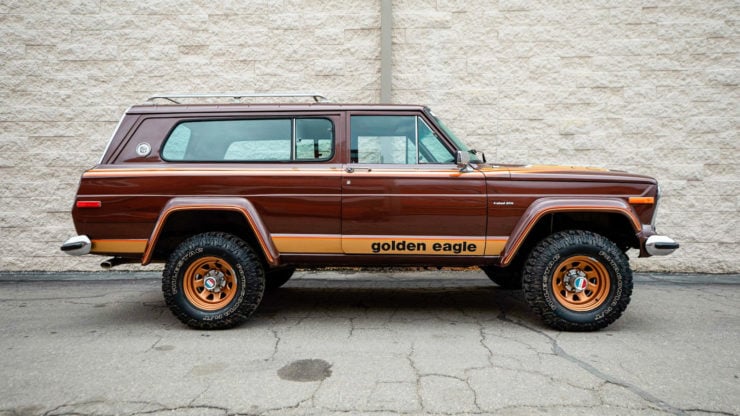
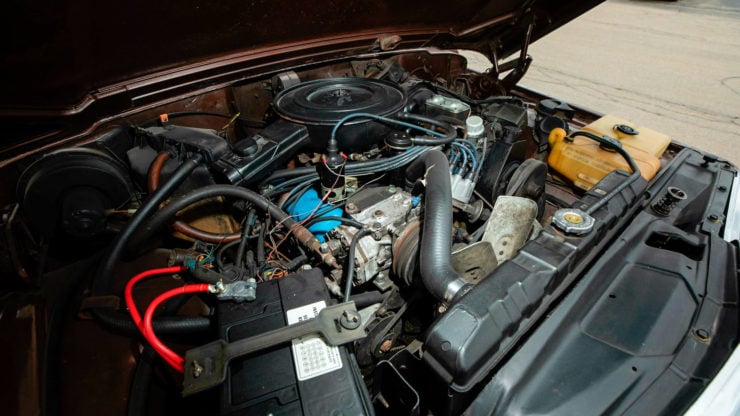
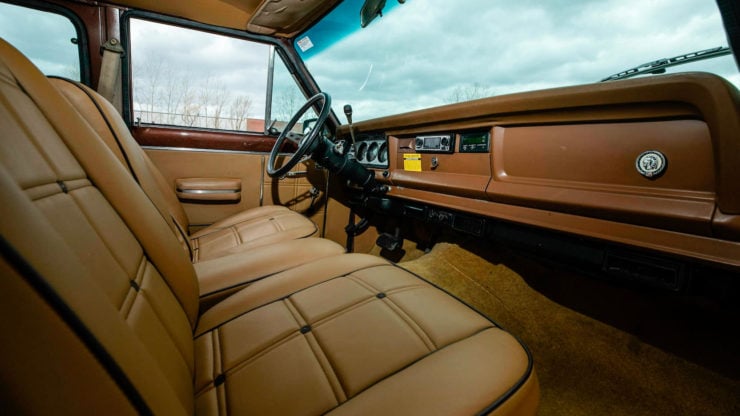
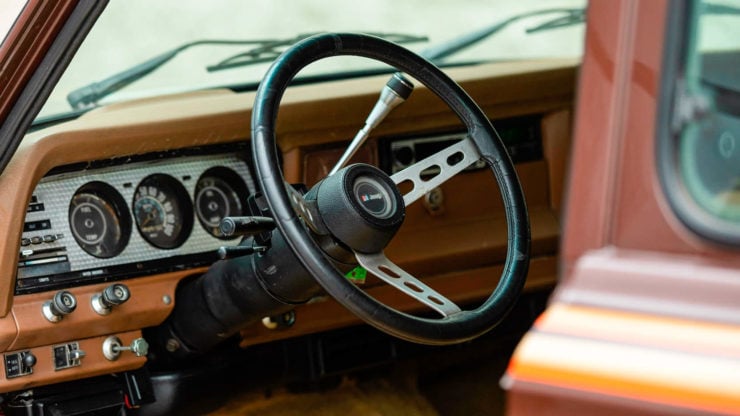
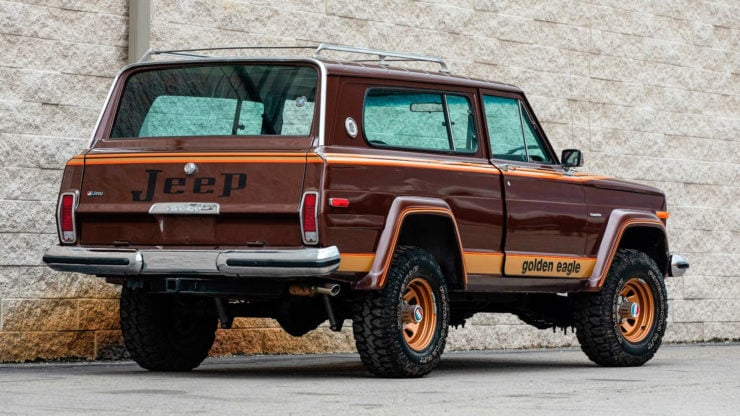
Images courtesy of Mecum
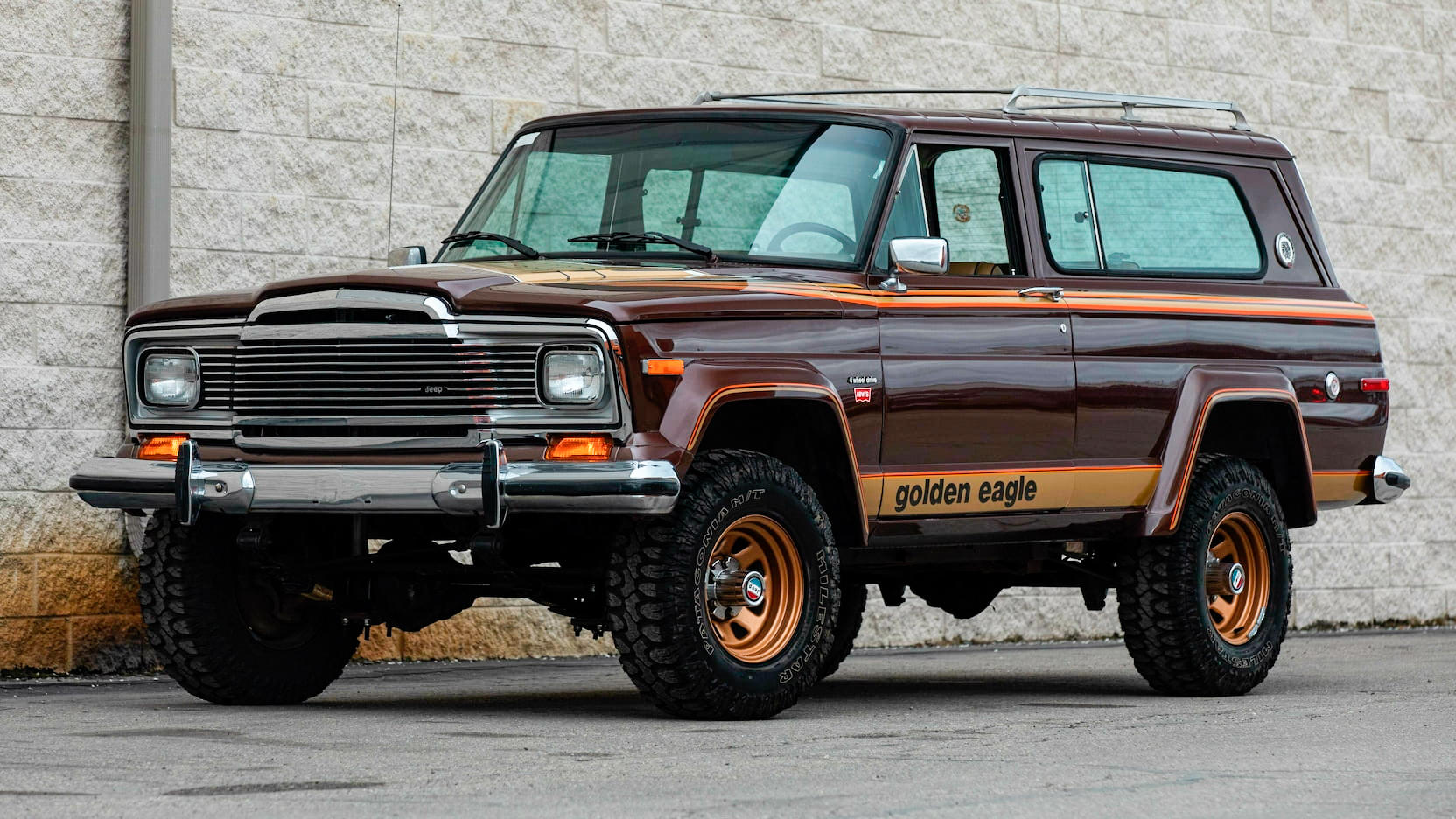
The post A 1978 Jeep Cherokee “Golden Eagle” appeared first on Silodrome.
from Silodrome https://silodrome.com/jeep-cherokee-golden-eagle/
via gqrds
